What Is Dewclaw & What Are Dog Breeds with Double Dewclaws?
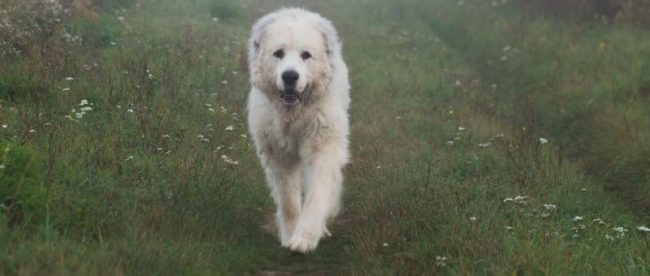
The dog dew claw is something that many dog owners don’t pay much attention to. They think it might be a birth defect or that it has no importance. This is certainly not the case. That claw is the dog’s thumb or big toe, depending on the breed. Although it might not be the most flexible claw, it has its purpose, though some dog breeds without dewclaws.
At the same time, there are some dog breeds with double dewclaws when they are born. That’s essentially two claws coming out from the exact same position, as well as another set on their hind legs. Many breeds come with these extra dewclaws, such as Portuguese Sheepdogs, Icelandic Sheepdogs, Saint Bernards, and Briards. Other breeds like the Great Pyrenees and Norwegian Lundehund have to have their double dewclaws intact if they wish to participate in any shows by the AKC. There are six toes on all paws of the Norwegian Lundehund, coming from their heritage climbing rocks in pursuit of prey.
Do you have a specific question about dogs with double dewclaws? Then use the table of contents below to jump to the most relevant section. And you can always go back by clicking on the black arrow in the right bottom corner of the page. Also, please note that some of the links in this article may be affiliate links. For more details, check the Disclosure section at the bottom of the page.
Here's what we'll cover:
What exactly is a dewclaw?
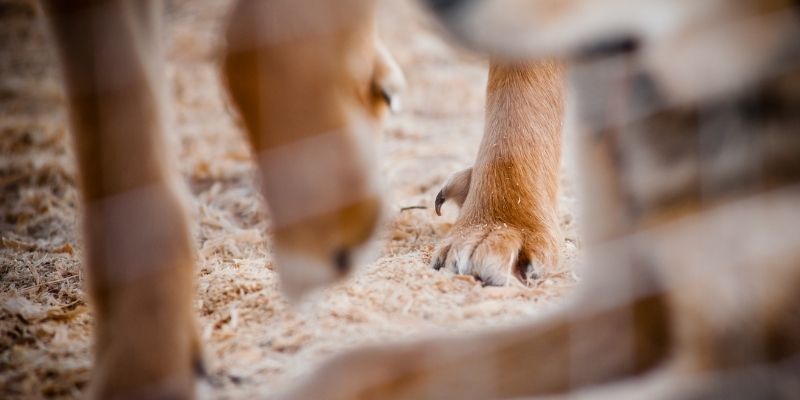
You might be asking yourself, why do dogs have dewclaws? Dewclaws are the canine equivalent of your thumbs and big toes, according to PetMD. If you compared a dog’s paws to a human hand, the dewclaw would be readily visible because, like a thumb, it is smaller in size and lies higher up on the paw.
Some double dewclaw breeds have them on their front and back legs, passed down from early canines who relied on their dewclaws to help them grip on certain surfaces. Dewclaws are still used today to help with dog support. Whether that’s gripping the ground as it makes a short, tight turn or helping it hold on to a bone or stick it’s chewing.

Anatolian Shepherd

Another ancient breed with double dewclaws on the hind legs is the Anatolian Shepherd. These big dogs are another breed that gets along well with children, and they also love other animals. The Anatolian Shepherd is a very loyal and defensive dog with a low prey drive. They may, on the other hand, challenge their owners for supremacy by ignoring commands.

Great Pyrenees
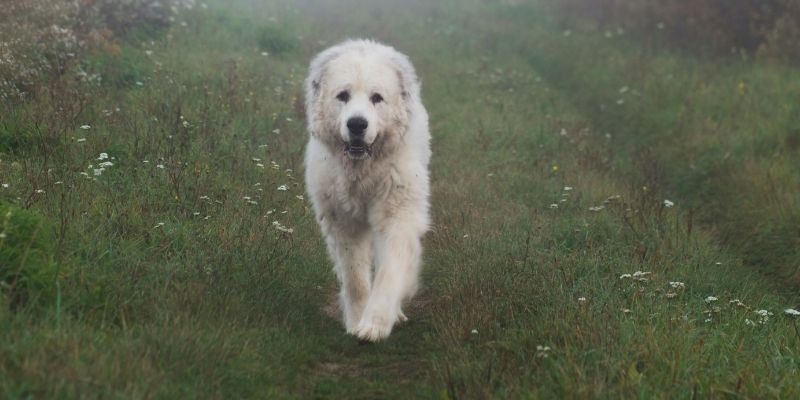
This breed has one dewclaw on each hind leg and two on the front legs. This dog can trace its ancestors back hundreds of years and was raised to be a livestock watchdog. As experience has shown, this breed makes an excellent guard dog. They are fantastic with babies, as well as being loyal and polite. They also need a lot of physical activity.

Briard
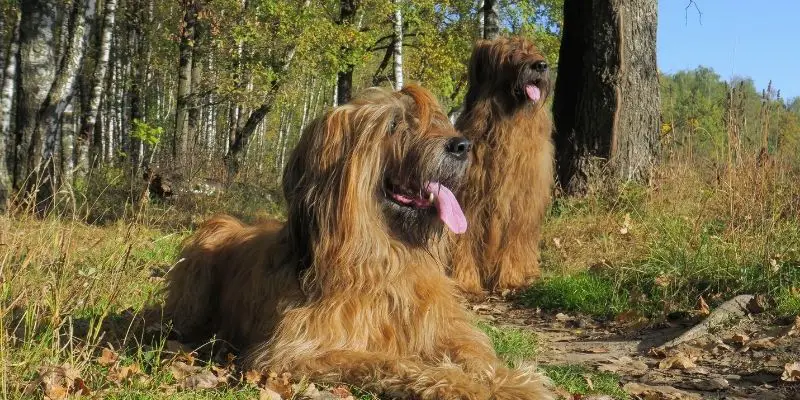
This next puppy is another breed susceptible to those double-dog thumbs. However, they are generally lower on the hind legs than in other breeds. The Briard is a French breed of dog that was used for herding. They are brilliant, energetic, and have a good sense of freedom. This also makes them excellent companions for those who want to be active.

Catalan Sheepdog
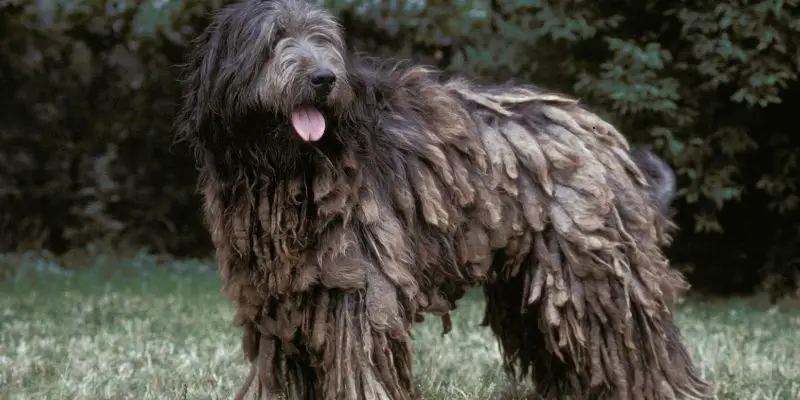
This puppy’s use of the extra finger varies, but most of them have dewclaws on both the front and back legs. Their extra digit helped them run, pull, and even dig when they were bred as herding and working canines. They are friendly, hardworking, and energetic dogs with dewclaws.
As you can see, the list of breeds that you can find a double dewclaw on is vast and diverse. They are present in all breeds, but the difference is whether or not they have back dewclaws and whether or not those extra fingers are used. The dewclaw serves various functions, particularly walking and running, and many puppies still use them today.
If you’ve ever seen your dog keep a chew toy between its paws or scale a steep incline, you’ve seen the dewclaw in motion. That being said, several breeds either do not benefit from the extra digit or are in a situation where it is ineffective. Furthermore, some dog owners and breeders choose to have it removed for several reasons, including dog shows, illness, and aesthetics.
As previously stated, as long as the dewclaw is connected to your pup’s leg through bone and sinew, it is perfectly fine. If it is just skin attached to your dog, it can cause damage and should be examined by a specialist.
Credits: thanks for the cover photo to Canva.

Disclosure: At pawtypooch.com we only mention the products that we’ve researched and considered worthy. But it’s important to note that we are a participant of several affiliate programs, including VigLink, ShareASale, Skimlinks, and Amazon Services LLC Associates Program, an affiliate advertising program designed to provide a mean for us to earn fees by linking to Amazon.com and affiliated sites. As an Amazon Associate pawtypooch.com earns from qualifying purchases. Also, please note that pawtypooch.com does not intend to provide veterinary advice. All published articles are meant for informational purposes only. And this information should not be substituted for professional veterinary consultation.

